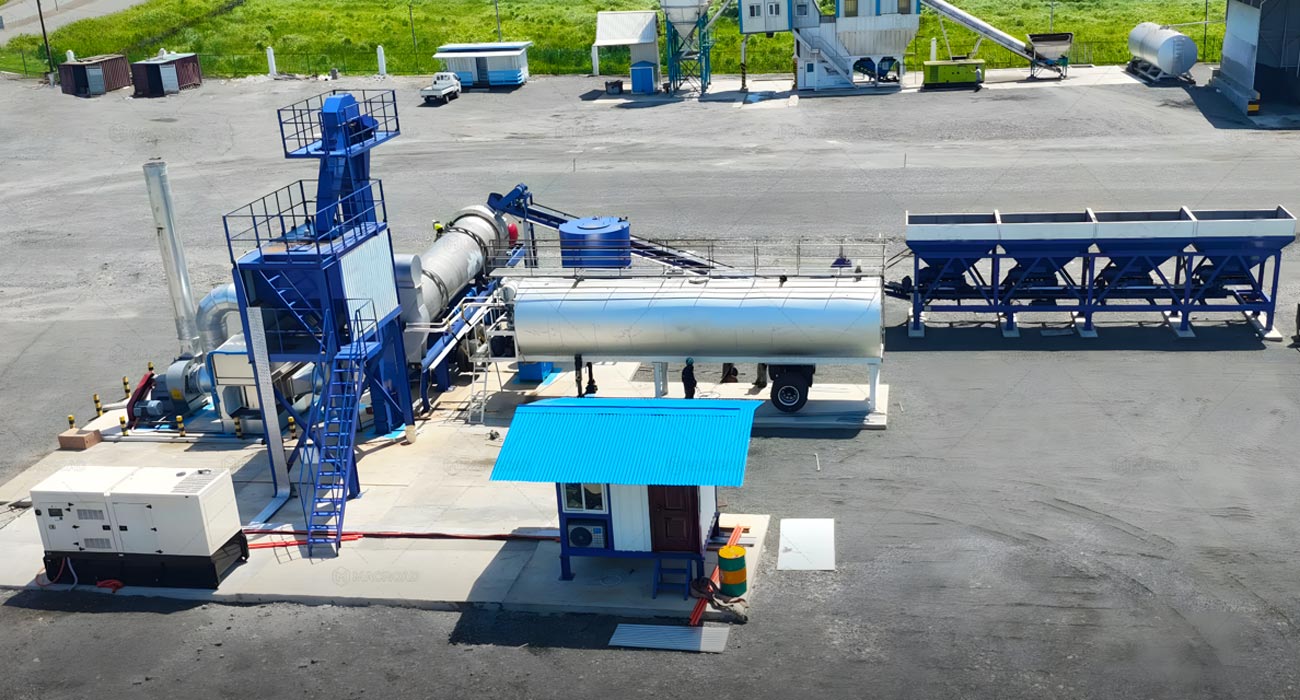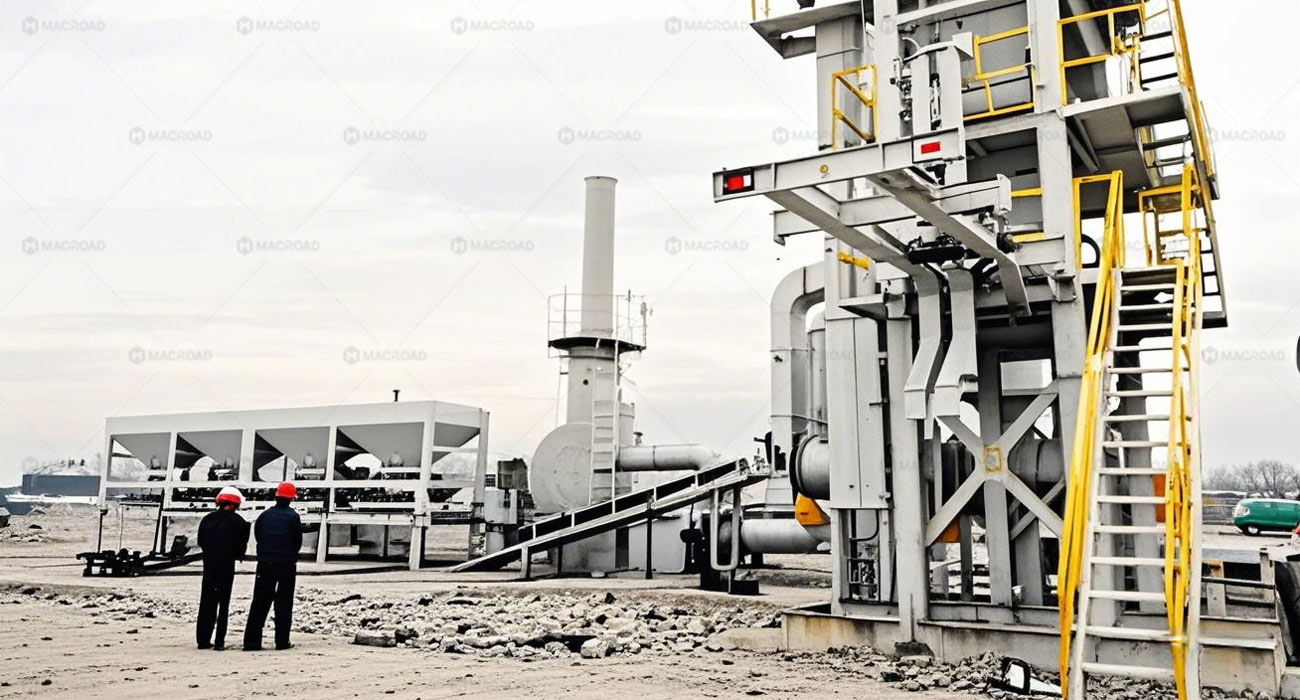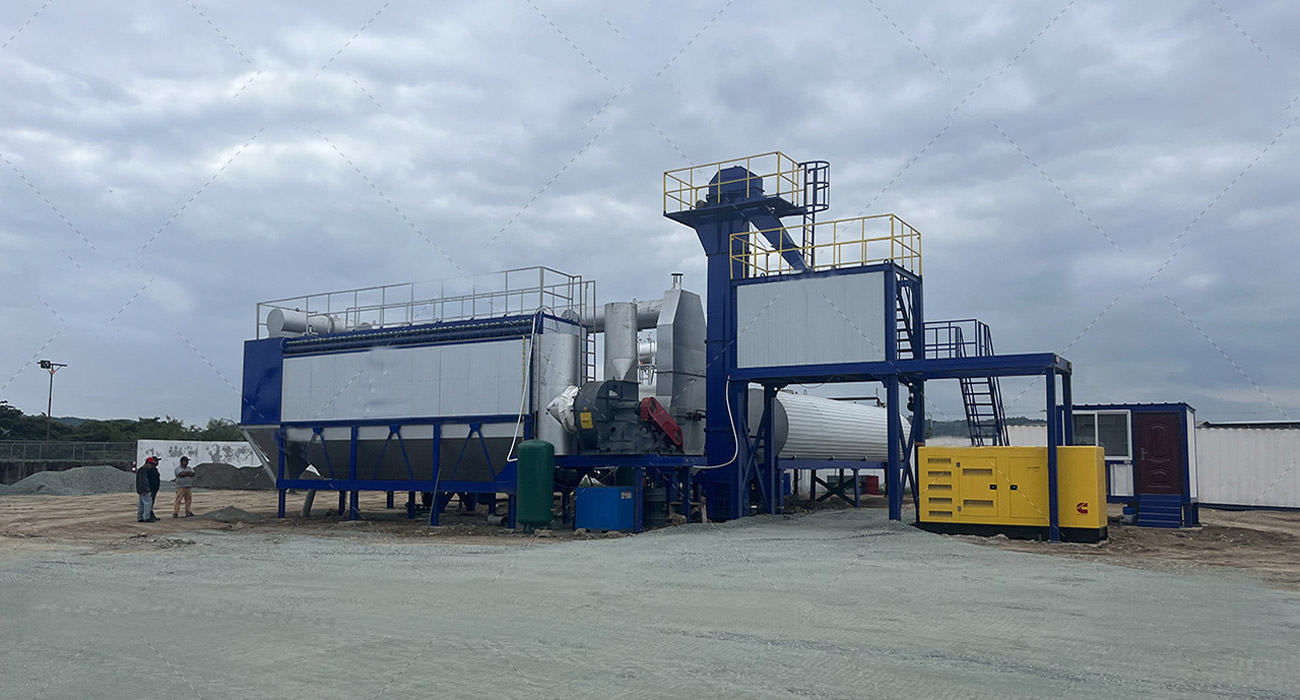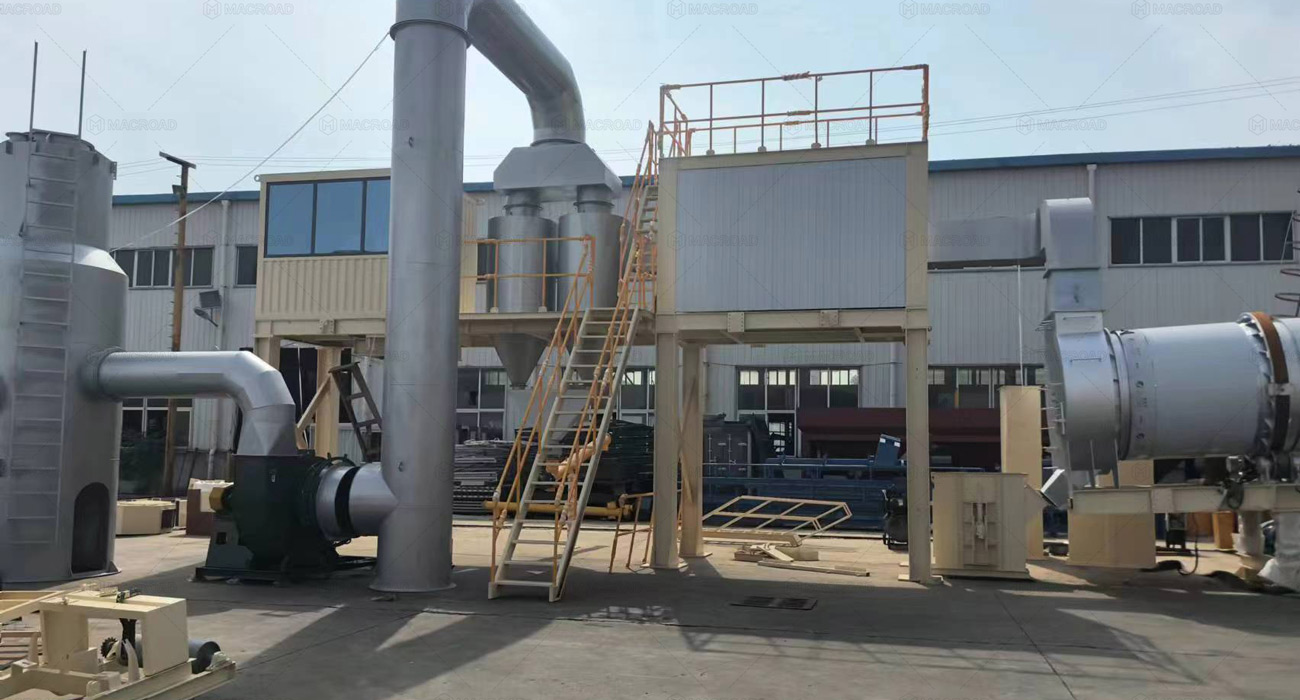Mobile mini asphalt plants are increasingly utilized in remote rural projects due to their compact size and flexibility for relocation. In such scenarios, asphalt is often stored in barrels, necessitating the use of asphalt debarrel equipment to melt and supply materials on-site. However, the constraints of narrow rural sites, such as temporary construction points alongside field paths, can limit the placement distance between the debarrel equipment and the mobile mini asphalt plant. This article discusses how to optimize the spatial layout of these two essential components while ensuring safety and efficiency.

Understanding Spatial Constraints
In rural construction scenarios, space is often at a premium. The proximity of the mobile mini asphalt plant to asphalt debarrel equipment is crucial for maintaining an efficient workflow. A well-planned layout can minimize the distance between these two components, reducing the length of asphalt conveying pipelines and facilitating quicker material transfer.
However, the limited space must be navigated carefully. For example, deploying the asphalt debarrel equipment too close to the mobile mini asphalt plant can pose safety risks, especially concerning the heating elements involved in melting the asphalt. It is essential to consider these constraints while still maintaining operational efficiency to avoid delays in the production process.

Optimizing Equipment Placement
To maximize the use of available space, an effective strategy is to adopt an “L-shaped” placement for the mobile mini asphalt plant and asphalt debarrel equipment. This configuration not only conserves floor space but also allows for a more streamlined connection between the two units. By positioning the debarrel equipment adjacent to the asphalt plant in an L-shape, the length of the asphalt conveying pipelines can be shortened, minimizing potential bottlenecks during operation.
Additionally, this layout promotes easier access for maintenance and monitoring, ensuring that both the mobile mini asphalt plant and the debarrel equipment can be efficiently managed throughout the project. This design not only enhances productivity but also contributes to the overall safety of the operation.

Ensuring Heating Safety
While optimizing the spatial layout, it is vital to prioritize the safety of the asphalt debarrel equipment. Keeping a safe distance from flammable materials is critical to prevent any fire hazards. The placement of the asphalt plant mobile and debarrel equipment should consider the heat generated during the melting process.
Establishing clear safety zones around heating elements and ensuring that proper ventilation is in place can significantly reduce the risks associated with using asphalt debarrel equipment. Regular inspections and adherence to safety protocols can further enhance operational safety, ensuring that both equipment and personnel remain protected.

Collaborating with Macroad for Solutions
For effective implementation of these layout optimizations, collaborating with experienced providers like Macroad can offer valuable insights. Our expertise in mobile mini asphalt plants and associated equipment can help in designing a spatial layout that balances efficiency and safety. By utilizing our knowledge, clients can ensure that their rural projects run smoothly, minimizing downtime and maximizing output.
Macroad’s commitment to quality and safety means that our clients can trust us to deliver optimal solutions tailored to their specific needs. Whether it’s through advanced equipment or customized layouts, we strive to enhance the effectiveness of mobile mini asphalt plants and debarrel equipment in any rural setting.
Conclusion
In conclusion, optimizing the layout of mobile mini asphalt plants and asphalt debarrel equipment in rural scenarios is essential for efficient operations. By understanding spatial constraints and adopting strategies like L-shaped placement, projects can reduce transportation distances and improve workflow. Ensuring heating safety should remain a priority while planning the layout. Collaborating with experts like Macroad can provide the necessary support and insights to implement these strategies effectively, ultimately leading to successful and safe road construction projects in remote areas.